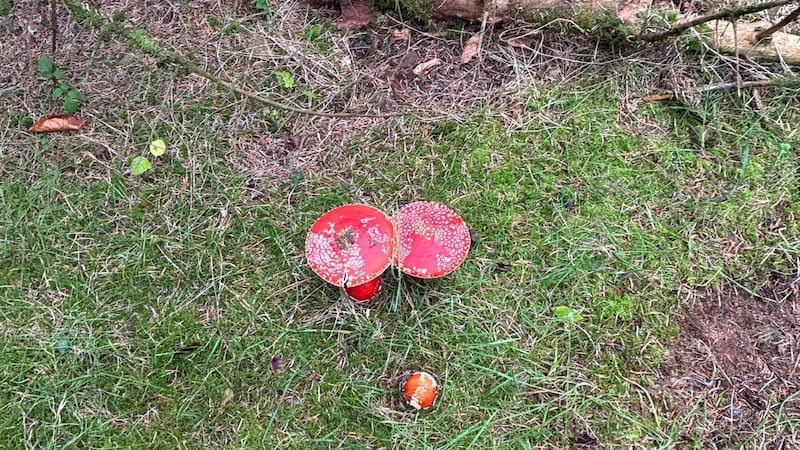Maps help us navigate the world. The stories told by maps of plants are intertwined with the stories of people who use, cultivate, destroy, introduce, restore and protect the plants we share the island with. The recently released Plant Atlas 2020, compiled by the British and Irish Botanical Society, shows changes in plant species over the past 90 years, with a particularly detailed view of recent changes.
Botanists – professional and amateur – are an astonishing group of people. More than 2,500 amateur and professional botanists on the island of Ireland recorded 2.85 million records of 1,939 species of plants in more than 1,000 10-kilometre squares or “hectads”. This quiet, unacknowledged, usually voluntary, and largely invisible work has given us the clearest picture ever of what is happening to plants. Every corner of the island has had its plants surveyed.
Maps of plants through time show how human activities have shaped where plants occur since stone age farmers first started to clear land for crops, pastures and villages. Native plants are found fairly evenly across the country but plants introduced by people before 1500 (called “archaeophytes” or ancient plant introductions) are much more common in the east of the island, in areas that were, or are currently, cultivated for crops.
The spread of more recently introduced plant species (called “neophytes”) are more extreme, being concentrated along the eastern edges, Northern Ireland, around cities and in the southeast corner. These patterns tell a story of where plants were first introduced and what kinds of plants thrive around human habitation and agricultural practises.
RM Block
About half of the plant species on this island are native, with the rest being mostly recently introduced species from somewhere else in the world. Given the concentration of non-native plants around areas of high human density, people may be much more likely to encounter non-native plants than native plants. Our experience of nature over the past few decades has changed, as the number of 10-kilometre squares occupied by native species has declined by 56 per cent and introduced species have increased by 80 per cent.
Some of these newly introduced species were brought in as ornamental species, like rhododendron and butterfly bush, and planted in gardens. From this first foothold they have spread outside the garden. Most non-native species are relatively benign, with just a small minority being problematic, taking over from native species.
Over the past 20 years the ubiquitously planted forest tree species Sitka spruce has shown a marked increase in distribution outside of commercial plantations, regenerating from seed on wet peaty soils. The spread of this species could seriously disrupt carbon, soil and water dynamics in bogs, just when they most urgently need restoration.
Native grassland and wetland plant species have fared the worst, the decline of semi-natural species rich grasslands has coincided with intensification of agricultural practices such as the transition from hay to silage as a winter animal feed and the increase in fertilisation with slurry and artificial fertilisers.
The ancient plant introductions associated with cropping have also done poorly, as agricultural practices have changed to greater use of herbicides and weed species that are relatively resistant to herbicides have done well, like docks and wild oats.
Native plants have co-evolved with native animals, fungi and microbes and support much higher biodiversity than introduced plants, so a decline in native plants means a cascading decline in resources for other living things.
Increases in introduced species, while increasing the number of plant species on the island do not have the same value and are generally species common in other places in the world. We therefore see a decline in the local, rare, interesting and enriching and an increase in the ubiquitous and bland, or as the authors of the Plant Atlas put it: “Biomonotony, it seems, is taking over from biodiversity.”
The ability to identify plants is declining, but natural history skills have never been so necessary. While knowing what a plant is can be interesting in its own right, the monumental work involved in putting together the Plant Atlas has shown that knowing where a plant is tells us quite a lot about people too.
Yvonne Buckley is an ecologist, Irish Research Council laureate and professor of zoology at Trinity College Dublin
















